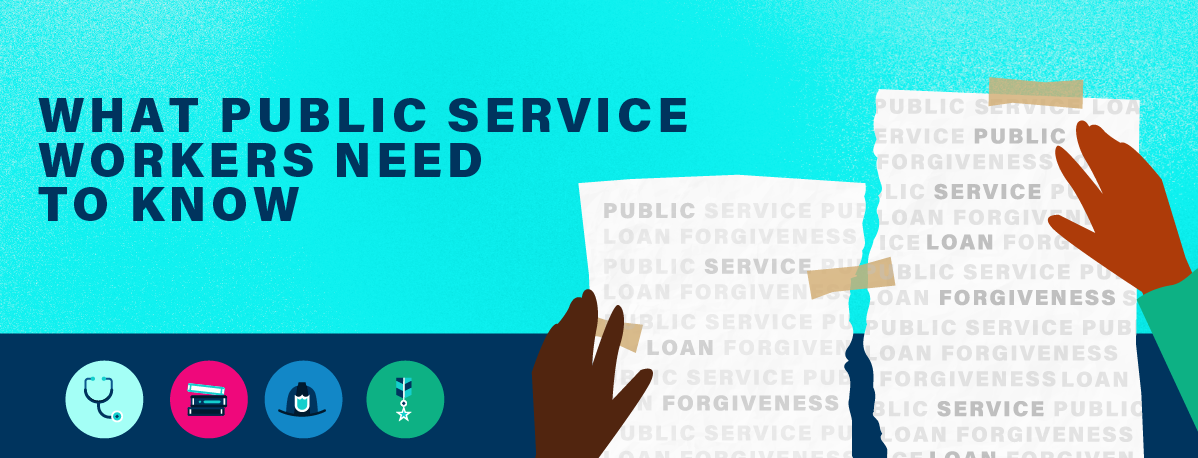
The Department of Education recently announced an overhaul of the Public Service Loan Forgiveness (PSLF) program. After years of breakdowns and mismanagement, millions of public service workers who have been struggling under the weight of student loan debt now have a path to relief. In short, borrowers who were previously ineligible because they had the wrong loan, were making payments on the wrong payment plan, or were knocked off track due to processing errors can now receive credit toward forgiveness for those years worked in public service.
On October 31, the Education Department closed the PSLF Waiver of certain PSLF program requirements to address long-standing issues with the program—but the Department has extended most of the benefits and protections of the waiver through another program called Income-Driven Repayment (IDR) Account Adjustment.
While this is a huge victory for borrowers — made possible by the tireless efforts of an amazing network of advocacy organizations and individual borrowers across the country — a lot of questions remain about how the process will work. At www.CancelMyStudentDebt.org, we have gathered information to help navigate PSLF and other available student debt relief programs. Below are some of the resources available: